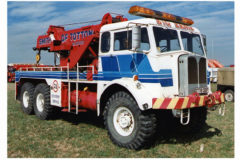International 10-20 industrial tractor
Posted by Chris Graham on 2nd June 2020
Given exclusive access to Chris and James Rowberry’s IHC photographic archive, Peter Love illustrates the fantastic range of uses to which the International 10-20 industrial tractor model was put.
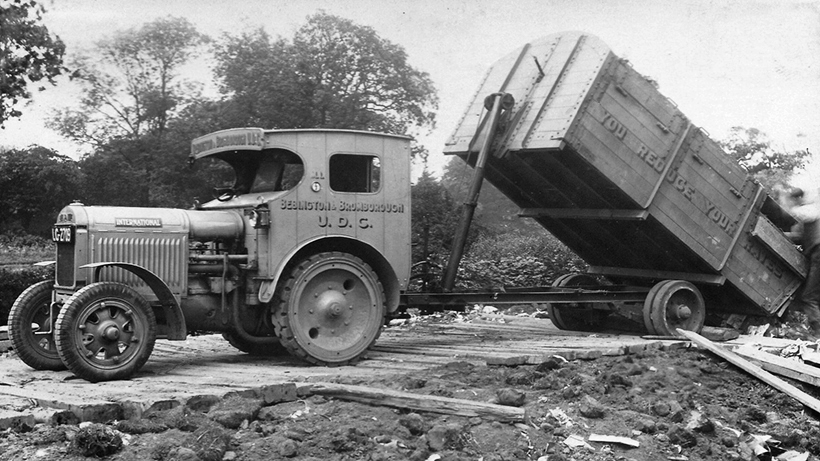
International 10-20 industrial tractor: Down at the tip; the Bebington International 10-20 with corresponding hydraulic trailer.
The 10-20, produced by the International Harvester Company (IHC), was introduced in 1923 and, during that year, some 7,117 examples of the tractor were made. but just a dozen or so came to the UK. Interestingly, the 15-30 and 10-20 models share the same sales brochure but, in reality, it’s not at all hard to tell the two versions apart. However, it was the 10-20 that provided the main competition for the Fordson F and Standard N models and, by 1929, 158,203 had been built. What’s more, the model continued in production during the ‘red era’, right through until 1939 when the last example – KC215973 – rolled off the line.
Enviable status
The tractor cost 50% more than the Standard N to buy, but you got what you paid for, so to speak. Also, the tractors were updated in various ways over the years, like the less well known 15-30. The 10-20 was to be the second most popular tractor in the UK during the 1920s and ‘30s, and certainly deserved its status. So how many came to the UK? Well, I’ve been told that about 8,000 came here during the 17-year production run, and many of them currently survive in preservation. Nevertheless, you don’t see many of this period machine out and about at working events these days, which is a great disappointment.
Although we’re talking about the 15-30 and 10-20 here, it’s important not to forget the 1924 Farmall, its derivatives, and the W30. They were all part of the successful IHC scene at this time, which was to be the be the top tractor supplier worldwide, until 1957.
The industrial market
IHC saw the potential that Ford saw with his F and later N, as did its aftermarket producers who offered so many industrial attachments. IHC wanted to get into the market, and had the right tool with the 10-20 – known by many as the ‘20 Industrial’ during its life.
The industrial version was introduced in 1923, and the first examples reached UK shores during 1924, and went on to sell here – in various guises – over the years. Some 1,300 were made in those first two years, with 4,607 being built in 1929 and, from what I can see, a total of 11,179 had been made by 1929.
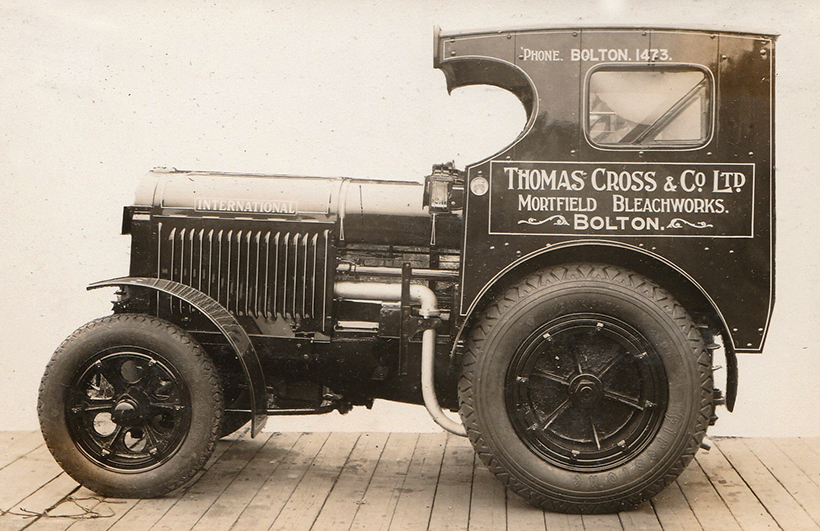
The exhaust arrangement on the industrial version differed from that on the agricultural version.
Many configurations
In 1928, the company made 200 TracTracTor tracklayers, to be followed by 472 in 1929, based on the 10-20 and 15-30 lines. This led to IHC entering the crawler market, but hardly any of these early machines came to the UK but, the later T20 was a totally different matter.
As can be seen from the accompanying photographs here, the industrial 10-20 was made in a vast number of configurations, but the difference to Ford was that IHC made many of the industrial implements itself – even including a range of cranes and snowploughs. So, sit back and enjoy these wonderful images.
In preservation today, there are only about six industrial 10-20s, to my knowledge. I had the privilege of actually driving the maroon-painted 10-20 (formerly from the Heal’s department store, in Reading), during the 1990s, at the late Ken Covey’s sale. I remember that it was fitted with a ‘dinky’ winch on the back, but where is that tractor now?
There’s also an image here showing an example fitted with a shunter cab, as used by the railway companies. Cheffins has sold this one in the past. Overall, the 10-20 industrial is a rare machine, but a high-quality workhorse that’s for sure. It’s a machine that’s set to live on in enthusiasts’ hands here in the UK and elsewhere around the world, the photos here give a great feel for the versatility of this brilliant little machine.
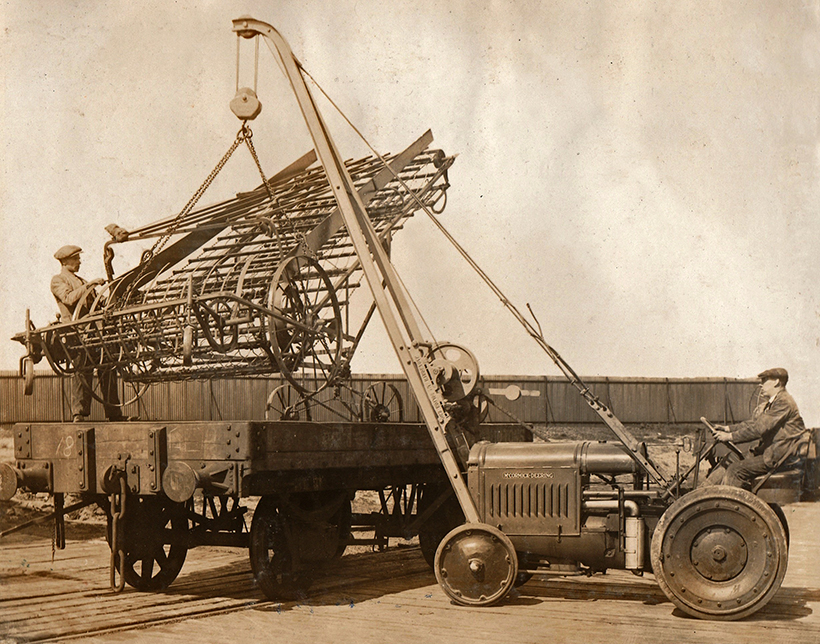
Loading up an International hay rake; the reason the 10-20 has such a long jib.
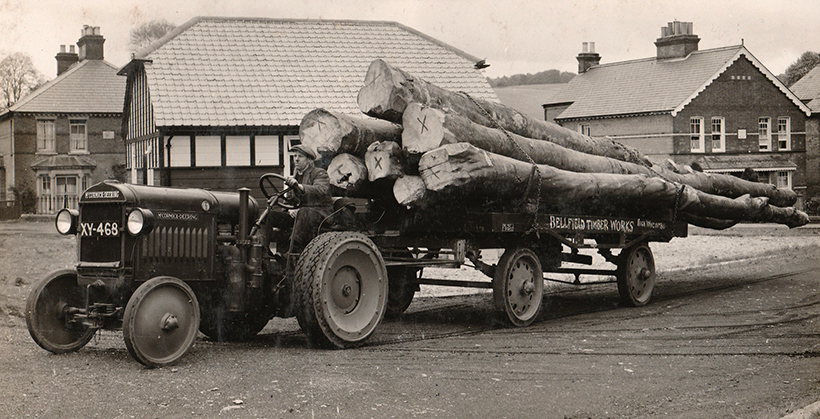
Bellfield Timber Works, High Wycombe, McCormick-Deering’s 10-20. I hope that timber doesn’t move, or the driver will be decapitated!

The Hay’s wharf container would give the International 10-20 some 3-5 tons to move, and with limited braking on the trailer – just on the rear axle!
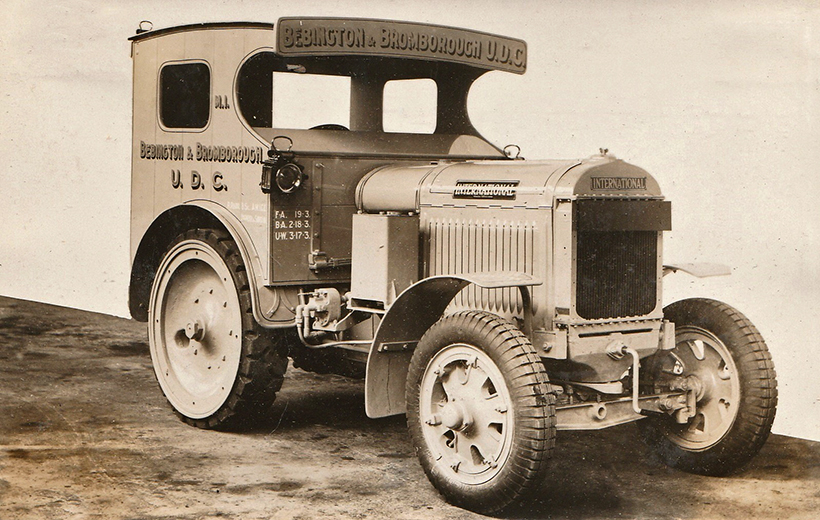
Bebington & Bromborough Urban District Council’s 10-20, with a hydraulic pump tank on the o/s. The front tyres have just been fitted, judging by the soap solution visible around the wheel rims.
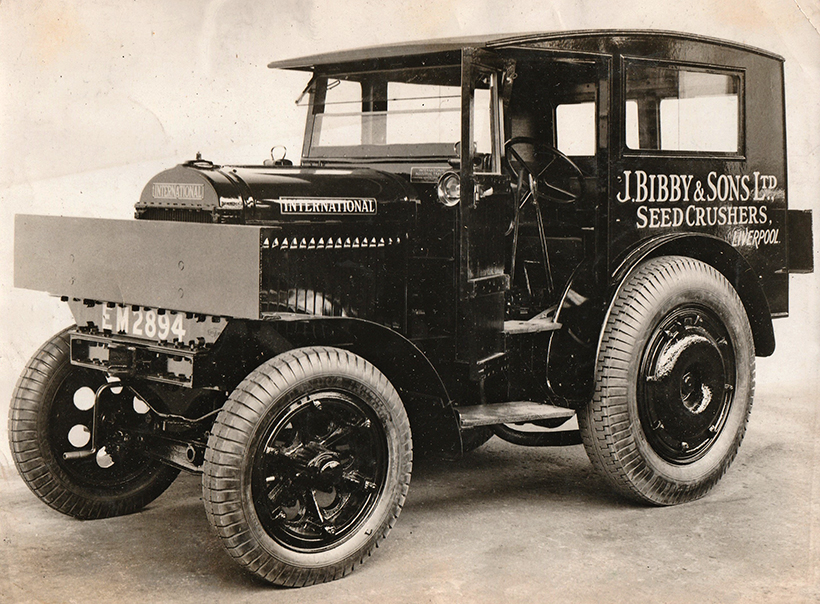
Used around its mill in Liverpool, this J Bibby & Sons Ltd International 10-20 has a ‘high class’ cab that even features glass windows!
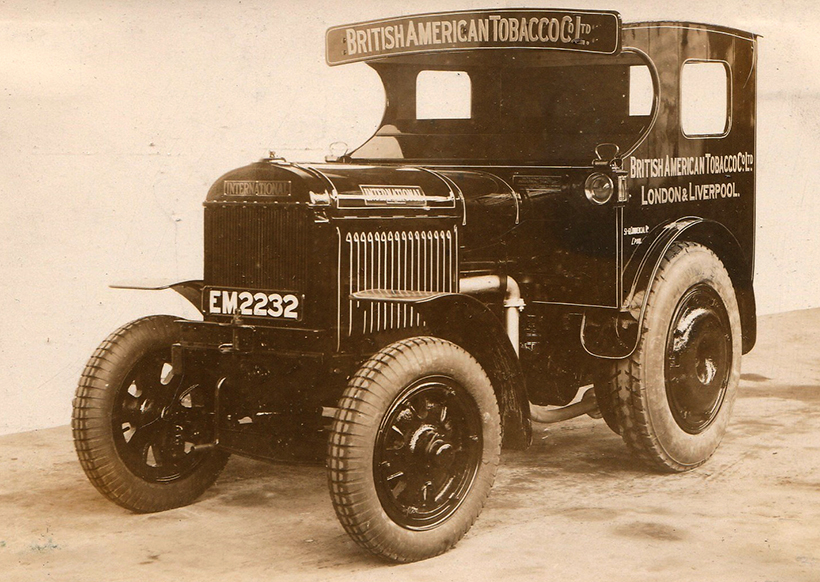
BAT had several 10-20s that worked in Liverpool and London docks for many years.
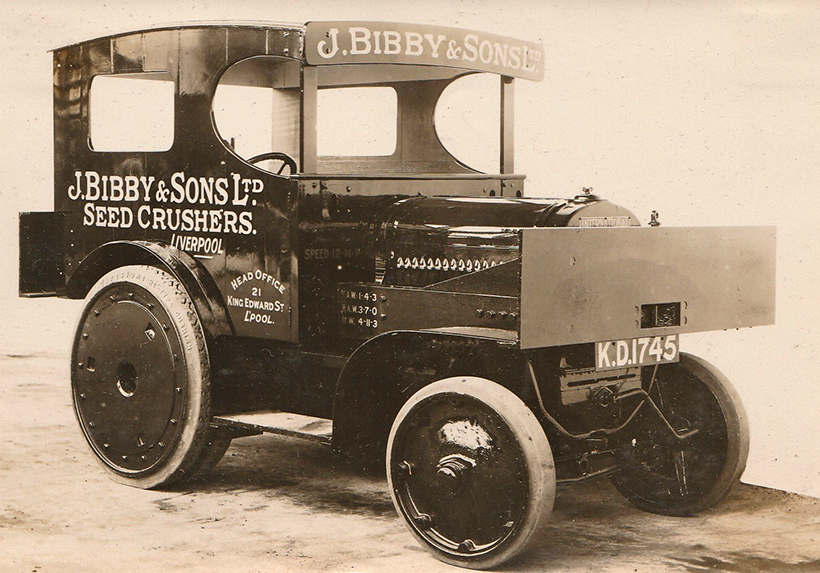
Another of Bibby’s fleet. The company was a good Foden user for many years. This one has solid tyres all around.
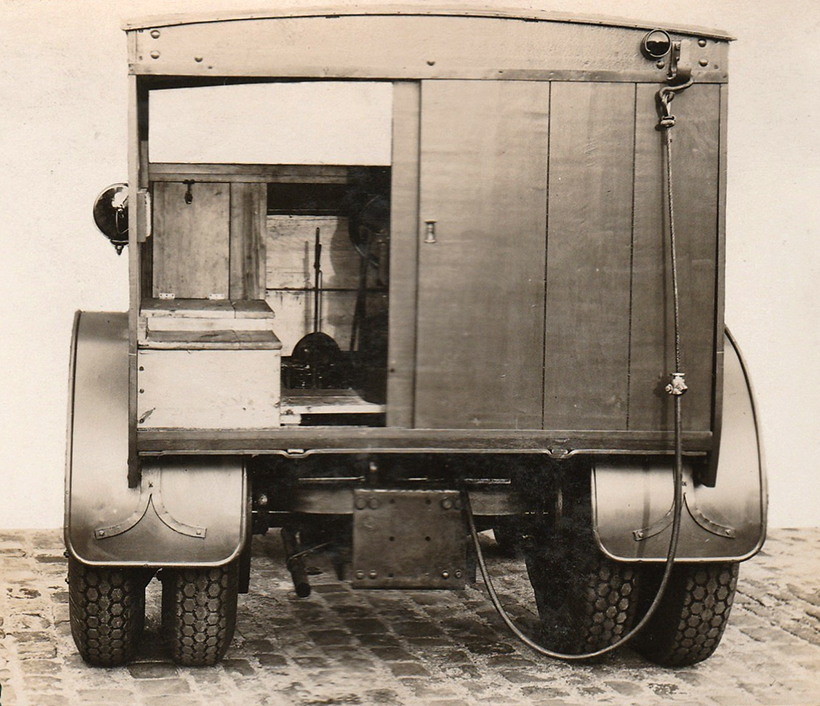
Looking from the back of the cab and its sliding doors, which feature two seats on the n/s. The drawbar has yet to be fitted.
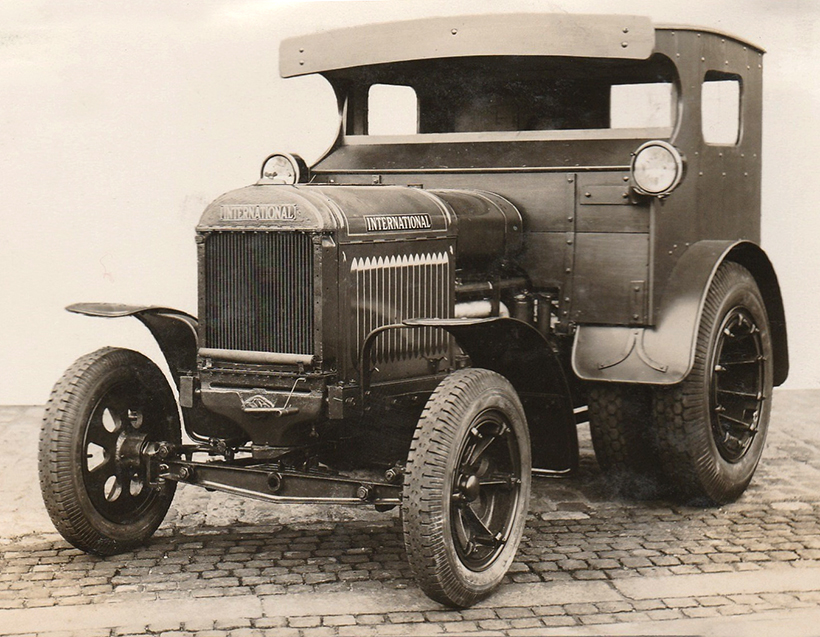
The ‘top dog’ here features dual, pneumatic rear wheels and electric lighting. It dates from 1937.
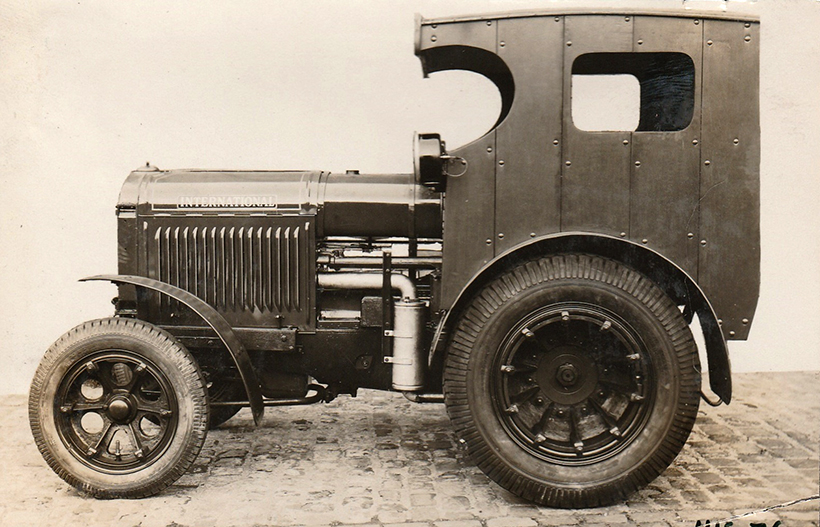
A side view of the tractor unit, with its quick-release wheel rims; in theory, at least!
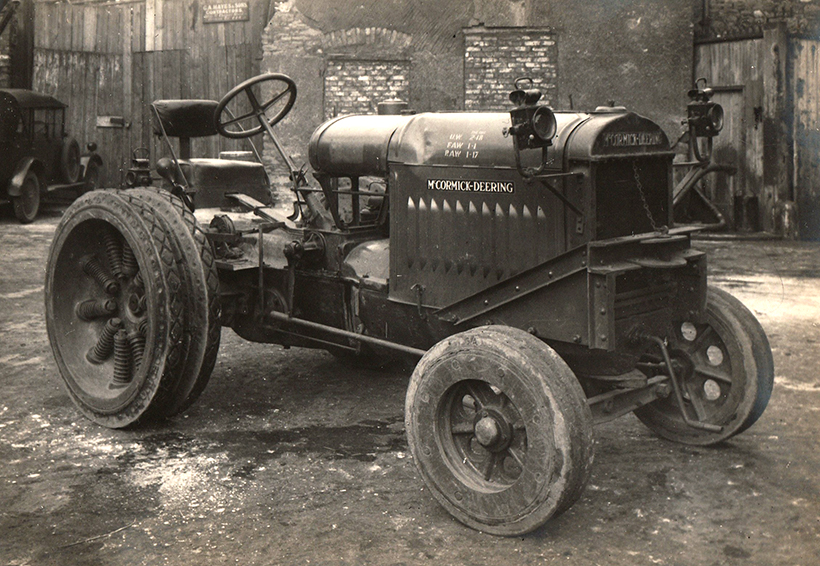
Showing how the spring lugs work over the solid tyres; note the front hitch and front lamps. This tractor already has some dents on the bonnet.
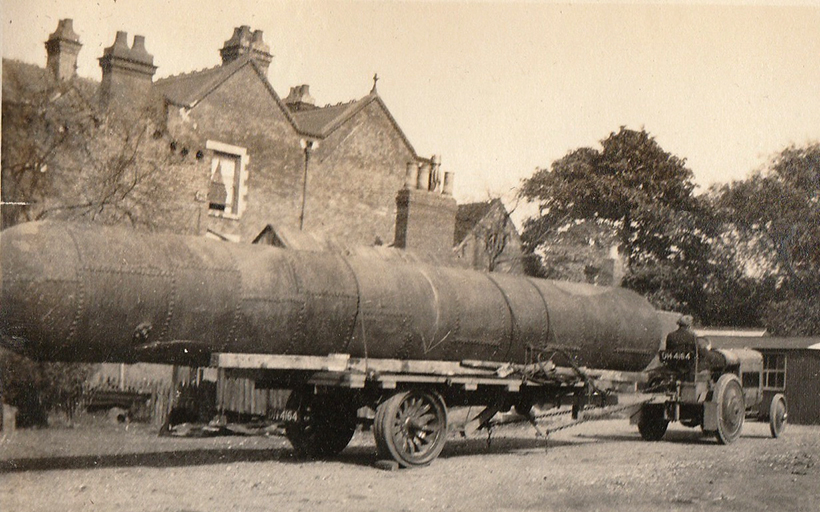
Moving a boiler of some considerable length on the back of the 10-20, certainly makes it dig-in with the wooden rear wheels on the trailer.
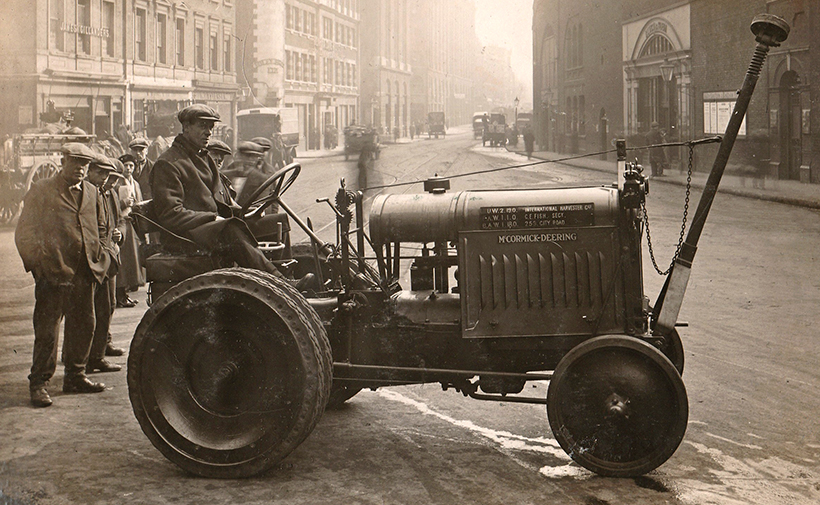
At the bottom of the hill on Tooley Street, which is between London Bridge and St Saviours Dock, in south London, we see this 10-20 banker (pusher) – that’s what the front contraption is all about…
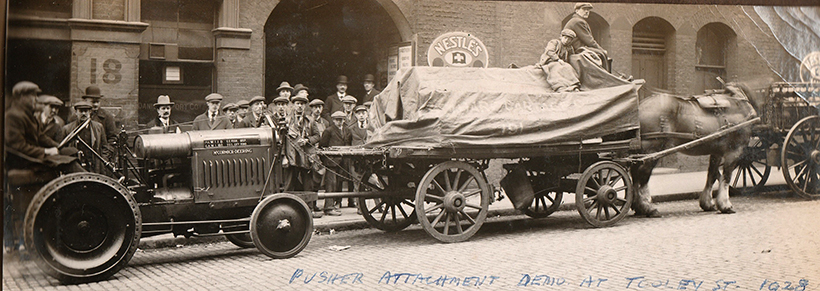
… Then seen in action up the hill where, previously, a Tasker steam tractor had worked.
To subscribe to Tractor & Farming Heritage magazine, simply click here




